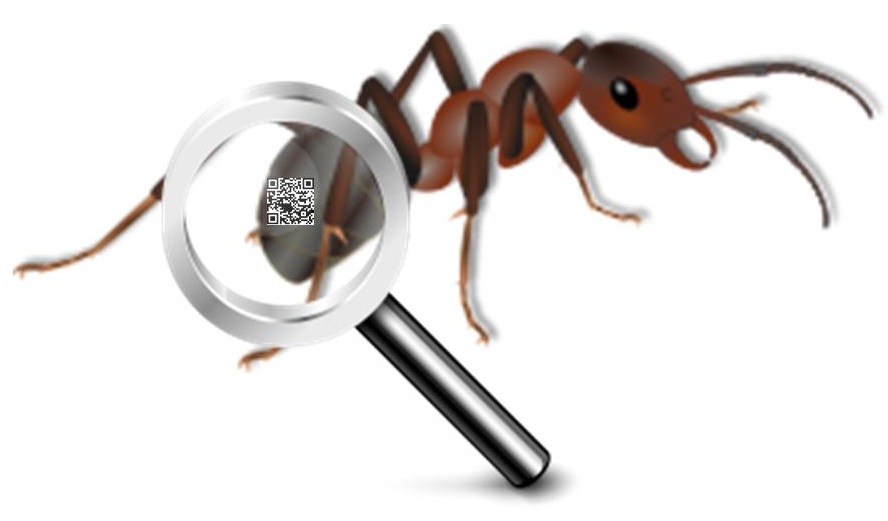 Barcoded insects were followed with a computer to better understand their social structure.
Barcoded insects were followed with a computer to better understand their social structure.
The results of a recent study from researchers at the University of Lausanne in Switzerland have just been released, revealing a very unique use for QR codes, a form of barcode that is typically seen on product labels and in print advertising, not on the backs of insects.
A colony of ants had its members labeled so that their behaviors could be accurately tracked.
The research started with the application of QR codes to the backs of over one hundred ants within a lab. The paper containing the results of the study were published in the journal called Science. Within it, the Swiss researchers detailed their 41 days of tracking of the lives of the individual ants so that they could develop a better understanding of their social structure.
This is quite a unique use for QR codes, but is a part of an increasing trend to apply it to alternate uses.
The research used the QR codes to generate more than 2.4 billion readings, which produced a record of over 9.4 million different interactions among the ant colony members. When analyzed through a computer, it revealed that up to 40 percent of the worker ants had the specific activity of caring for the queen of the colony, as well as her babies that had just recently been born. Another 30 percent of the colony’s workers were recorded to have been responsible for colony housecleaning. The remaining 30 percent foraged for food to feed all of the ants.
What the QR codes allowed the researchers to determine was the progress of an individual ant’s life. They discovered through the barcodes that any single ant did not necessarily keep the same job throughout its entire lifetime. They progress from one task to the next as they age. Though the typical progression was from caretaker of the queen and her offspring, to cleaner, to forager for food, there was deviation among this trend as there were younger ants who foraged and older ones who were caretakers.
Without the QR codes, the researchers did not have any other way to examine the individual lives and social interactions of the ants. This way, they could monitor what they individuals did throughout their lives instead of watching the colony as a whole.

 An Ohio University professor from the Automatic Information and Data Capture lab is studying scans.
An Ohio University professor from the Automatic Information and Data Capture lab is studying scans.